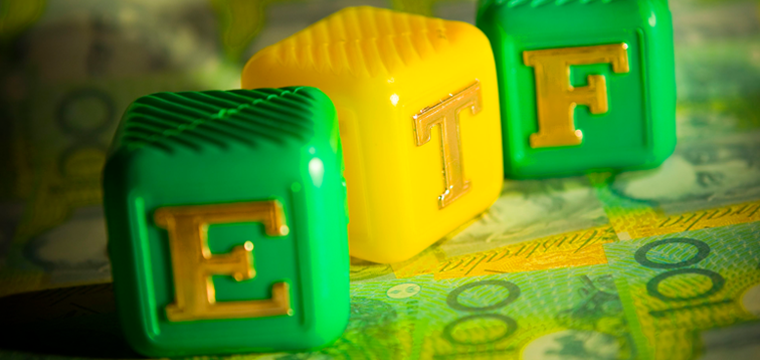ETF: A new investing strategy
ETF serves as a catalyst to economic development by attracting capital toward an enterprise or a business

AN exchange traded fund (ETF) is a pooled investment that operates like a mutual fund. The main difference is that an ETF is listed in a stock exchange.
Its availability in a centralized exchange market benefits investors through its diversity, trading opportunities, and accessibility, among others. While the investment is represented by the issuance of shares, the underlying asset varies. A mutual fund usually carries the traditional portfolio of stocks, bonds and money market instruments. On the other hand, an ETF can stretch its portfolio into metals, real estate, soft commodities or foreign currencies. Hence, investing in ETF can create a more diversified portfolio spanning a wider array of asset classes. Moreover, an ETF can be differentiated by its investment style and strategy. There is an ETF that suits an investment style of either deriving an income, positioning for value, or targeting growth. There is an ETF that is leveraged, which can move up to 2x to 3x of the underlying value of its asset. And there are ETFs that will profit from a downward price action of an asset. These are called inverse ETFs that technically “short” an asset or do a “short selling” strategy. Whether an investor is bullish (optimistic) or bearish (pessimistic), conservative or aggressive, there is an ETF that can be invested in.
What is the relevance of an ETF to an economy?
AN ETF, like any other investment vehicle, serves as a catalyst to economic development by attracting capital toward an enterprise or a business. In the process, it produces jobs, generates revenues, create opportunities, etc. It enriches the economy by stimulating the active circulation of money through capital buildup. As the economy is enriched, so, are the people. Once embraced by the investing public, it creates a virtuous cycle of growth and prosperity.
How did the ETF start?
THE year 1993 was the birth year of the ETF in the United States. The first ETF was an index fund that tracks the broad market index, the S&P 500. However, it did not gain an outright acceptance by the investors until about several years after. But, once it gained traction, the race to construct more ETFs heated up. According to the Investment Company Institute (ICI), as of December 2013, ETFs have gathered more than $2 trillion in assets from about 1200+ funds set up globally. More than 70 percent of these ETFS are domiciled in the US. Today, ETF is a popular investment choice for both individuals and institutional investors.
ETF in the Philippines was initially offered in 2013, exactly 20 years after that of the US. Similar to the first ETF in the US, the first local ETF tracks the Philippine Stock Exchange Index. The index tracking fund was sponsored by a leading investment firm in the country. Interestingly, the initial experience was quite the same—it did not get so much attention.
How can the Filipino investors benefit?
There are several ways Filipino investors can benefit from this new investment vehicle and trend. First, it creates another way for passive investors to invest. For the more conservative investors, they have an additional option to participate in the growth of the Philippine economy. It gives another option to further diversify one’s investment portfolio. On the supply side, the development of the ETF in the global scene will provide a guide to local sponsors in constructing more ETFs that will be enjoyed by the domestic investors. For the savvier Filipino investors, getting exposed to ETF overseas can be a channel to take advantage of global opportunities with ease. The current economic boom of some countries could have been easily enjoyed by investors, by buying into a country ETF. Prior to this, gold and silver had their share of cyclical price surge as well as some agricultural commodities. All of these had a corresponding ETF one can purchase.
While the global ETF development is now at its height and matured stage, we have yet to see the second ETF offering in the local market. The development of this investment vehicle locally is very essential as the Philippines braces for more economic gains as the growth momentum is at hand. As a part of the capital market, ETF is similar to stocks. Its development will attract local investors to take a share in the capital formation activity, indirectly participating in the local businesses. Similarly, a wider array of ETF offering in the market will attract foreign capital to participate, as well.
 Ricky So is a Registered Financial Planner of RFP Philippines. HE is a independent Financial Adviser of Rampver Strategic Advisors, and a Columnist of Business Mirror.
Ricky So is a Registered Financial Planner of RFP Philippines. HE is a independent Financial Adviser of Rampver Strategic Advisors, and a Columnist of Business Mirror.
Source: http://www.businessmirror.com.ph/index.php/en/business/banking-finance/38069-etf-a-new-investing-strategy
Comments
3,137 total views, 1 views today












Social